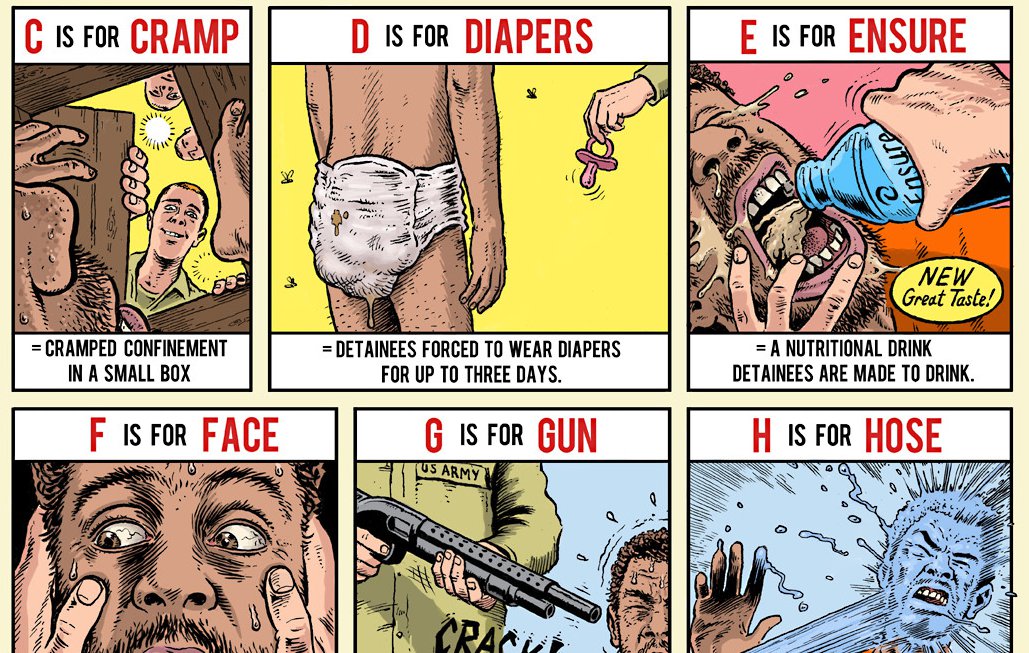The documentary portrays the Kathryn Bigelow movie, which purports to be a definitive account, as a skewed view that was heavily influenced by the CIA and its press office. The agency had given the filmmakers extraordinary access to classified details about the operation that they didn’t otherwise hand out to journalists. “A lot of other people who covered the beat like I did in that search for bin Laden—we didn’t get close to that kind of cooperation from the agency on telling the inside story,” veteran Washington Post intelligence reporter Greg Miller told Frontline. The documentary is short on news and revelations. But it concisely lays out the the dueling narratives between the CIA’s version of its so-called “rendition, detention, and interrogation” program, and the Senate Intelligence Commitee’s years-long investigation of the same. The committee’s findings conclude that the agency tortured detainees and failed to come up with useful intelligence about terrorist attacks. If you haven’t been following the minutiae of this now-decade-long controversy, the documentary will bring you up to speed.
